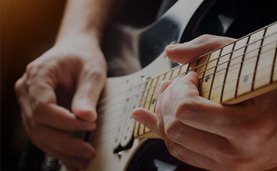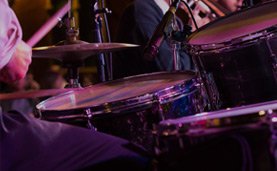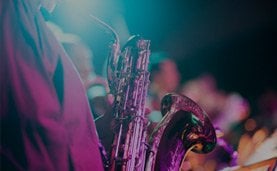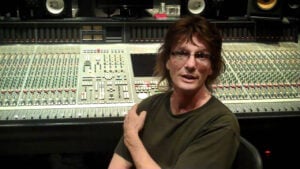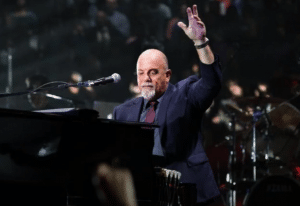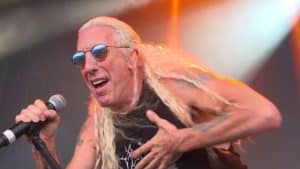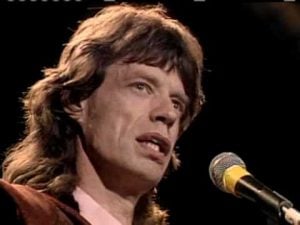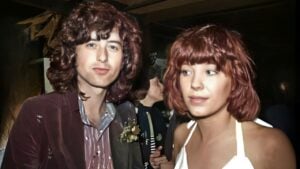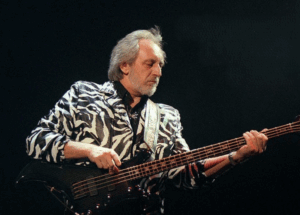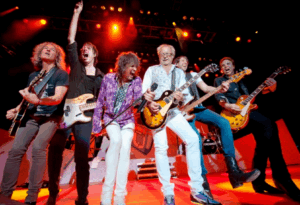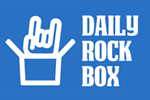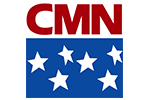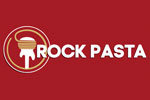Neil Young’s Signature Guitar Sound Secret Revealed
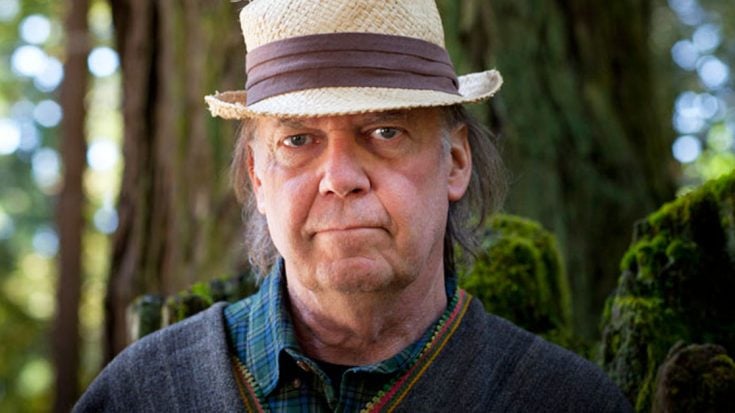
photo credit: mojo4music.com
For Neil Young to be labeled devotedly as the ‘Godfather of Grunge’ gives a strong indication of his importance in the great pantheon of rock and to the massive growth of popular music as a whole. The Canadian artist is rightly hailed as one of the greatest in history, helping to spread the greatness of rock music that wasn’t about misogyny and swaggering but the feeling and the examination of complex emotions.
From Nirvana to Radiohead, Young has had a defining influence on some of our other most treasured artists, making their own signature sounds with his influence. Appropriately, his work can be heard across various genres.
Whether it be the harmonic open chords of Radiohead’s ‘The Bends’ from the album of the same name or Nirvana frontman Kurt Cobain’s amped acoustic numbers such as ‘About A Girl’ or darker, some of the best alternative music of the past 40 years has been influenced directly by Neil Young.
As well as being a master lyricist and vocalist, Neil Young is a guitar hero, with his style of the six-string arguably the most important aspect of his career. Existing in the same territory of guitarists that use their emotions to power their music, such as Jimi Hendrix, B.B. King, Peter Green, and David Gilmour, Young’s style of playing – both the bite of his electric and the gloomy essence of his acoustic – have gone on to give alternative rock it’s two defining guitar sounds.
During his interview with Guitare & Claviers on April 1992, Young discussed his guitar playing and how he gets his signature sound. Asked if he has a favorite guitar for writing songs, the ‘Cinnamon Girl’ mastermind responded:
“Not really. Generally, I write with very cheap guitars and not very good.
“For example, I have a Japanese Epiphone that I bought in New Zealand. The sound isn’t good, but it’s unique. I like to always buy second-hand guitars, because I know I’m going to write at least one or two songs with them. Because every guitar comes with its own history and the feeling of all the people who have used it before. That makes you play certain chords that you wouldn’t play normally and pushes you towards something new. If you’re lucky, you’ll get a song out of it.”
Asked whether the guitar in question is the Epiphone acoustic he often uses with the ornamentation. Young replied:
“Yes, it’s one of the cheapest. It’s probably lying on the floor in my bedroom right now. It looks like it’s in good shape but the action’s really bad and the neck isn’t too good. And it’s always going out of tune. But I like it. Most of the songs on the American Dream were written on it. I think I also wrote Fuckin’ Up on it, too. But I also have very nice guitars, great for recording and composing. I have quite a few Martins, Gretschs — particularly White Falcons, old Explorers, Flying V s. Larry Cragg has more than I do. You should talk to him about my guitars and amps. My amps are something else.”
Young then surprised most of his fans when the attention of the conversation turned to the amp that he uses. He said:
“Well, actually, my amp is a sort of custom assembly. It has many different elements and controls to it. That amp has a gadget that nobody else has got. It’s unique…totally original, and I’m really happy with it. It’s called a Whizzer, and it’s on top of my Fender Deluxe Tweed, which is the backbone of my sound. The pots on my amp are motorized and linked to the Whizzer. I adjust my settings on the digital controls of the Whizzer, which sets of the motor which actually physically turns the pots, to set the position.”
He continued, whilst clearing up on what effects pedals are most crucial to his sound:
“This setting pushes a button that, once it’s set off, turns all the dials on the amp to the desired setting. I’ve got four of them, so there’s no interruption in the sound. My whole system is fairly complicated. I have an effects rack — actually not a rack, it’s a box full of effects. They’re all very old: echoplex, analog delay, Mutron octave divider, a Boss flanger that must be from 1969. I start them all from a set of metal switches — NASA-quality stuff…I have some remotes to start from a distance. I can’t use the small Boss pedals. Each time it’s the same thing: ‘Oh, we’re sorry’ and the whole thing smashes to bits.”


